The drastic change noticed during the pandemic was the purchasing pattern among the masses.
Most of us adopted online purchase of goods and availing of services. Now folks are not searching for discounts, but are keen on convenience-based buying.

Retailers have seen a 24% dip in physical sales in the past couple of years. Social distancing has brought hyperlocal business model to the forefront. Even after the lockdown has been truncated this trend continues, as we have savored its benefits.
Smartphones have changed human behavior and has pushed us towards the on-demand delivery business model. Buying groceries, ordering food, purchasing medicine, renting furniture, hailing rides have become a walk in the park due to the rise of on-demand apps. Consumers prefer getting goods or services delivered at their whims and fancy.
What is Hyperlocal Delivery System?
‘Hyperlocal’ means ‘a small geographical area’. Hyperlocal delivery model is when the delivery of products is restricted to a smaller geographical area. The pickup location of an order and its delivery would ideally be within a pre-defined geographical region.
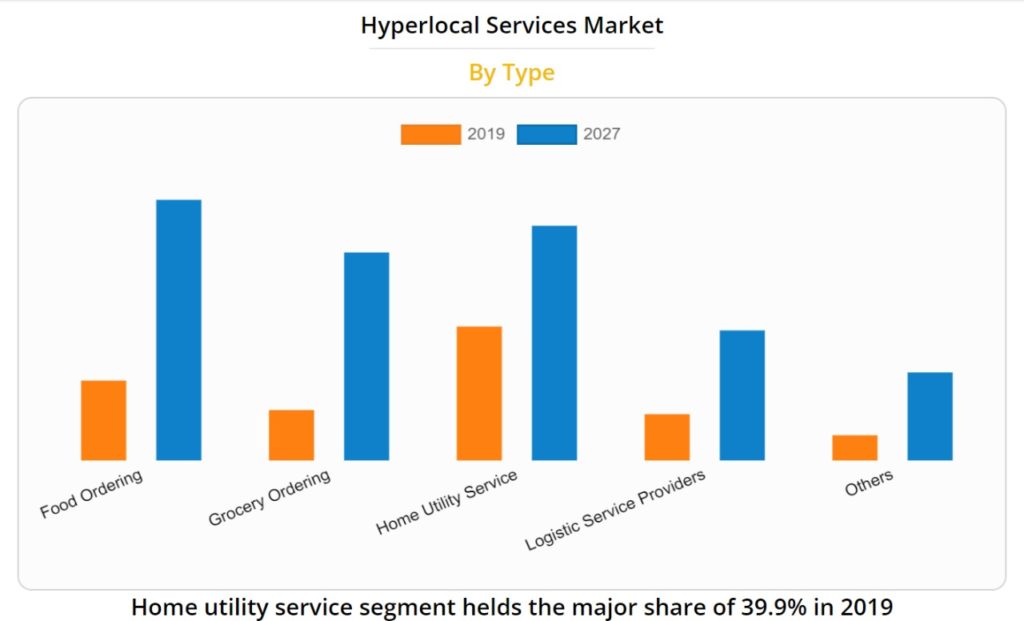
This delivery model works for groceries, medicines, household items, food delivery and services of plumbers, electricians, carpenters etc. The USP of hyperlocal business model is the ability to deliver products (and services) at an incredible pace, like we are seeing the burgeoning of 10 minute deliveries.
Hyperlocal Delivery Business Model
Hyperlocal delivery model is when a service aggregator sources requested products locally and delivers it to a customer within the same geographical area.
Let us also get to know the difference between local and hyperlocal. Local is chiefly from the vicinity or locality or from a nearby region. While hyperlocal is chiefly concepted by journalism and blogging. It relates to a very small area. In fact it is smaller than what is normally considered local.
Zomato and Swiggy are relevant examples of a hyperlocal delivery model.
Why Consumers Are Going Hyperlocal
Supposing you are not doing too well and want to purchase some medicines quickly sitting right at home. What you would first do is, search for it online. And while searching for it online, we normally tend to search “near me” and this make sense.
Customers find hyperlocal ecommerce stores convenient, convincing and reliable. The products get delivered quickly, even exchange / returns are not delayed.
Benefits of Hyperlocal Business Models
Support Traditional Stores
The rise of ecommerce and online retail has disrupted the working of traditional stores. Hyperlocal delivery model provides the opportunity to include more channels and enhance sales.
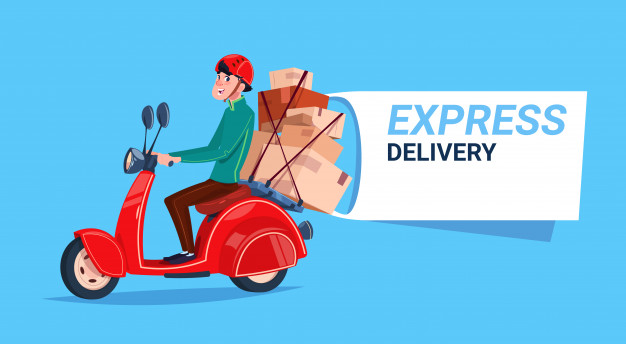
Multi-Channel Approach
The retailers need to enlist their businesses on these platforms and see it grow while they continue to operate the physical stores too. The logistics part from pickup to delivery is managed by the app aggregator. Retailers can fortify and grow their business with minimal effort.
Build A Sustainable Ecosystem
The hyperlocal delivery model is environment friendly as the carbon footprint gets reduced as the goods are sourced locally.
Overall Management
A single mobile app can do wonders such as tracking, notifying, controlling and managing the whole hyperlocal marketplace.
Supply Chains In A Hyperlocal Model
Inventory Model
The inventory model is wherein you source products directly from brands and sellers to create an inventory. In this model, you track the demands of your customers and are directly involved. You manage the inventory as per the need.
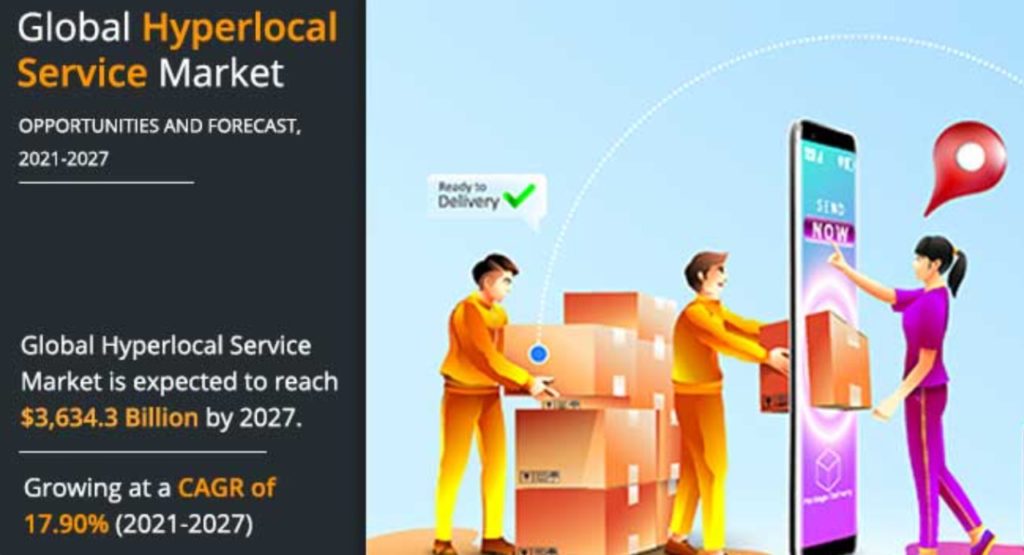
Inventory model helps businesses determining the optimum level of inventories in production, managing ordering frequency, deciding quantity of goods / raw materials, tracking flow of raw materials and goods to provide unhindered service to clients.
Aggregator model
Aggregator model is also referred to as the zero inventory model. In this delivery model you connect the retailers and customers to ensure last-mile connectivity and delivery.
The aggregator model refers to a business approach wherein businesses gather information on specific goods and services through their online platform.

Typically, the goods (and service) providers are the real customers of such aggregator based businesses. In return, the aggregator helps these service providers gain customers, usually for a certain fee or commission.
Features Of Hyperlocal Business Model
New Avenue For Vendors
The lockdown encouraged businesses to sell products online. Brick-and-mortar store owners can take up location-based multi-vendor ecommerce selling and add another avenue to utilize. Now sellers can continue physical sales and include online selling as well.
Hyperlocal model assists medium and small shopkeepers to market their products/ services, increase brand awareness and earn good profit.
Increased Traffic & Sales
Nowadays people prefer multi-vendor stores. 32% buyers have preferred to purchase from multi-vendor outlets last year. And a multi-vendor online portal can effectively drive more traffic to a retail store.
Hyperlocal ecommerce stores attract customers easily and this also benefits local stores. Increased traffic due to products that can be delivered quickly to customers makes this model attractive.
Vendors Choice
If a small / medium shopkeeper wants to open an online portal, it’s a huge investment. But he can choose to sell his wares via a hyperlocal ecommerce online entity. He then just needs to take care of product availability and logistics. All other business aspects such as marketing, store management, are to be taken care of by technology.
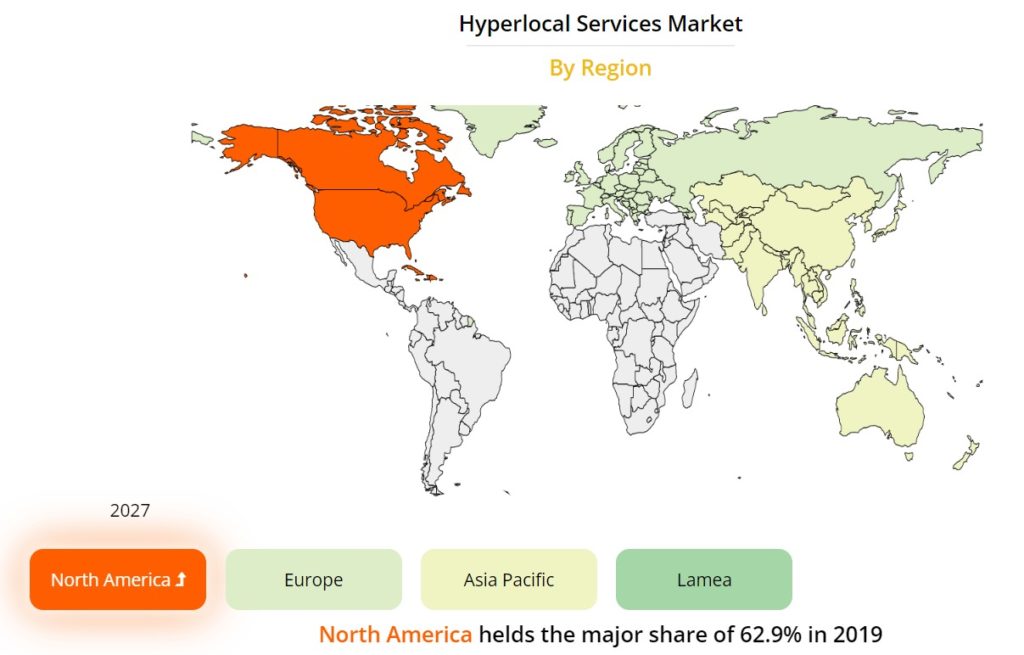
Multi-vendor ecommerce provides vendors the opportunity to conduct their business via their respective product pages. Vendors can manage and view everything from individual dashboards. They can keep track of their products, profit earned and sales.
Multiple Stores Enhance Profit
It is a wonderful idea to set-up small stores all over the town to cater to local requirements of that area. Here multi-store ecommerce helps you triumph due to the hyperlocal model.
This model helps you create multiple online stores managed via a central admin. Thus you can maintain a central inventory with master data of all stores. You can also carry out physical sales.
Each hyperlocal ecommerce hub can offer a similar design theme, language, pricing, discounts, shipping charges, promotional discounts, payment methods, etc to enhance branding.
Local Convenience
Hyperlocal business model serves local customers. Your vendors will be nearby stores. This is more like a virtual local market.
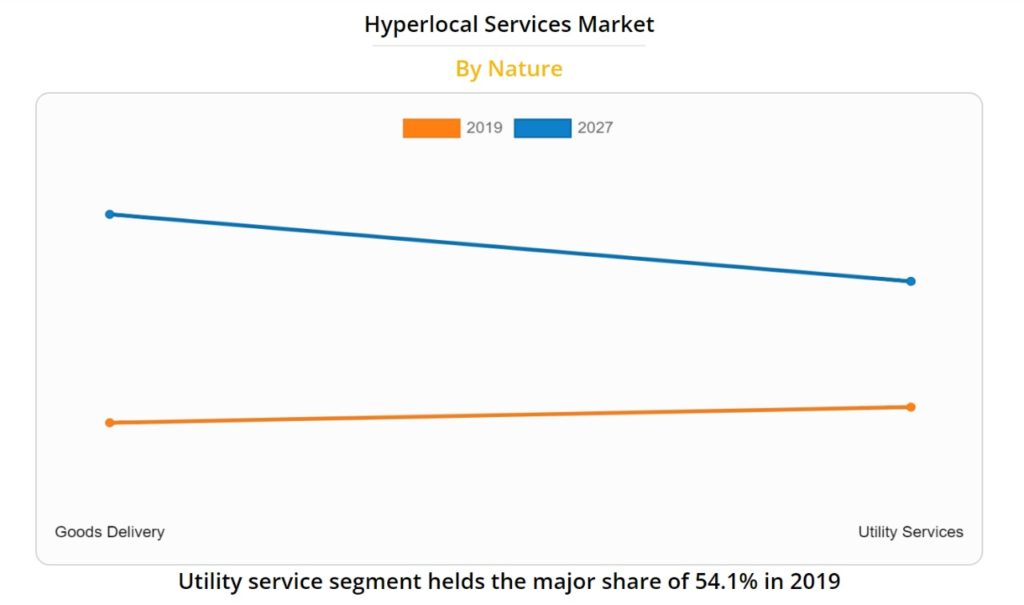
Orders can get automatically routed to the nearest vendor (geo-fencing). Customers can either opt for door-delivery or store-pickup.
Customers are rest assured that vendors can be contacted easily in case the need arises.
Trouble-Free Shipping
For hyperlocal ecommerce logistics is an important part. A vendor has to tie up with a reliable carrier and ensure deliveries happen on time. However, with hyperlocal businesses one could expect less concerns and lower costs.
You can automate the shipping process to speed it up. You can either integrate with a shipping provider or employ delivery boys and deliver yourself.
After an Engineering degree and a Diploma in Management I devoted 16+ years working in the automotive industry. My innate skill and extreme passion in writing, encouraged me to adopt it up as a profession. I have been writing for more than 10+ years in the software industry. The 400+ blogs I published are informative, exhaustive and interesting to a professional and causal reader.










